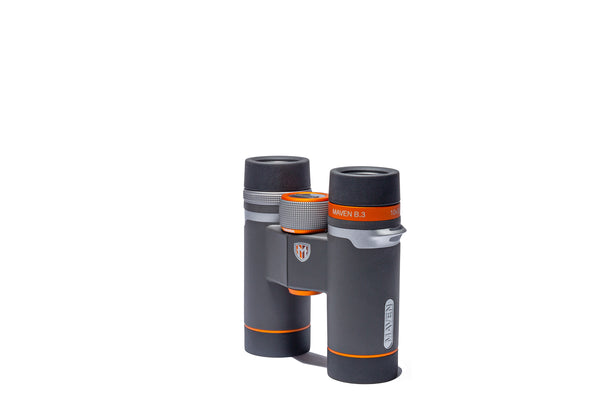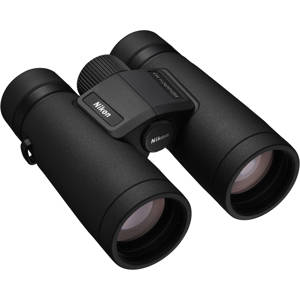Calson
Well-known member
The needs of birders and hunters is quite different from those of a photographer and for field use with camera gear what is important is to get binos that you will actually not think twice about putting in your backpack.
Long ago I decided to put some Nikon Monarch binos in each car as I will get some place and never have them at the house where they do me no good. With less expensive binos in the trunk there are no worries if they get stolen.
Long ago I decided to put some Nikon Monarch binos in each car as I will get some place and never have them at the house where they do me no good. With less expensive binos in the trunk there are no worries if they get stolen.



